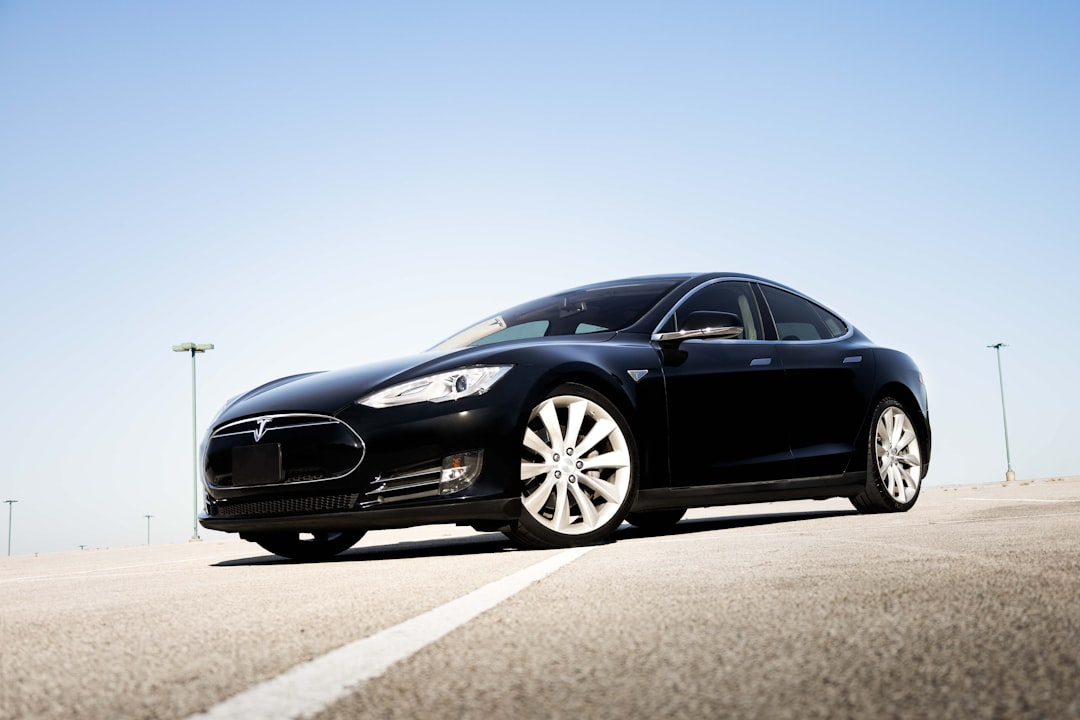Tesla, BYD Lead the Charge in 2024’s Public EV Charging Innovations
In the rapidly evolving world of electric vehicles (EVs), Tesla and BYD have emerged as frontrunners in 2024, driving groundbreaking innovations in public EV charging infrastructure. According to BloombergNEF, the global EV market is set to reach a staggering 18 million units by 2025, underscoring the urgent need for robust and efficient charging networks. This article explores how Tesla and BYD are leading the charge in revolutionizing public charging, enhancing convenience, and supporting widespread EV adoption.
Tesla’s Supercharger Network: Expanding Access and Speed
Unmatched Charging Speed and Accessibility
Tesla’s Supercharger network is renowned for its speed and coverage. As of early 2024, Tesla operates over 40,000 Superchargers worldwide, strategically located to support long-distance travel and urban charging needs. These stations are capable of delivering up to 250 kW, enabling Tesla vehicles to add up to 200 miles of range in just 15 minutes. This unparalleled speed significantly reduces charging downtime, making EVs more practical for everyday users.
Innovations in V4 Superchargers
In 2024, Tesla introduced the V4 Supercharger, which promises to revolutionize the charging experience. Key features include:
- Increased Power Output: The V4 Supercharger boasts a maximum output of 350 kW, setting a new benchmark for charging speed in the industry.
- Dynamic Power Allocation: This technology optimizes energy distribution among vehicles, ensuring faster charging during peak times.
- Enhanced Compatibility: Tesla is expanding Supercharger access to non-Tesla EVs, fostering greater inclusivity and reducing range anxiety for all EV drivers.
Tesla’s Impact on the Market
Tesla’s innovations in charging technology not only benefit its customers but also set a high standard for the industry. According to InsideEVs, the introduction of V4 Superchargers is expected to increase Tesla’s market share by attracting a broader range of EV owners who prioritize charging speed and convenience.
BYD: Pioneering Smart Charging Solutions
Comprehensive Charging Infrastructure
BYD, a leader in electric vehicle manufacturing, is making significant strides in public charging infrastructure. With a focus on smart and sustainable solutions, BYD has installed over 15,000 charging stations globally. Their network includes high-power chargers and innovative charging hubs designed to accommodate diverse vehicle types and charging needs.
Smart Charging Hubs and Energy Management
BYD’s smart charging hubs are equipped with cutting-edge technology, including:
- AI-Driven Energy Management: These systems optimize charging schedules based on grid demand and renewable energy availability, minimizing environmental impact.
- Vehicle-to-Grid (V2G) Technology: BYD’s chargers support V2G, allowing EVs to return excess power to the grid. This not only stabilizes the energy system but also provides potential cost savings for EV owners.
- User-Centric Design: With mobile app integration, users can easily locate charging stations, monitor charging progress, and make payments seamlessly.
BYD’s Role in Sustainable Mobility
BYD’s commitment to sustainable mobility extends beyond vehicle production. By investing in smart charging infrastructure, BYD is reducing the carbon footprint of EVs and promoting a cleaner energy future. TechCrunch highlights BYD’s efforts in integrating renewable energy sources into their charging network, aligning with global sustainability goals.
Practical Value: How to Choose the Right EV
Selecting the right EV involves considering several key factors beyond just charging options. Here’s a quick guide to help you make an informed decision:
- Range and Efficiency: Evaluate the vehicle’s range on a single charge and energy consumption. Models like the Tesla Model 3 and BYD Tang offer impressive ranges of over 350 miles.
- Charging Compatibility: Ensure the EV is compatible with various charging networks, especially if you plan to use public chargers frequently.
- Total Cost of Ownership: Consider the purchase price, potential subsidies, maintenance costs, and charging expenses.
- Performance and Features: Test drive models to assess driving dynamics, interior features, and technology integrations.
For beginners, it’s advisable to select an EV with a well-established charging network like Tesla’s to minimize range anxiety and ensure a seamless transition to electric driving.
Conclusion: The Future of EV Charging
As we look to the future, Tesla and BYD are setting the pace in public EV charging innovations. Their advancements in speed, accessibility, and sustainability are driving the global shift towards electric mobility. With ongoing investment and technological breakthroughs, the EV charging landscape is poised for remarkable growth, making electric vehicles more accessible and appealing to consumers worldwide.
In conclusion, the developments led by Tesla and BYD underscore the transformative potential of electric vehicles. As they continue to break new ground, it is imperative for both consumers and industry stakeholders to stay informed and engaged. What exciting changes do you anticipate in the EV world? Join the conversation and share your thoughts on the future of sustainable transportation.

